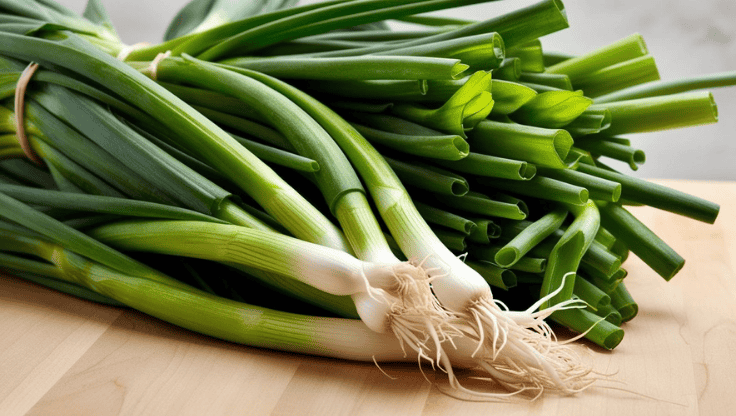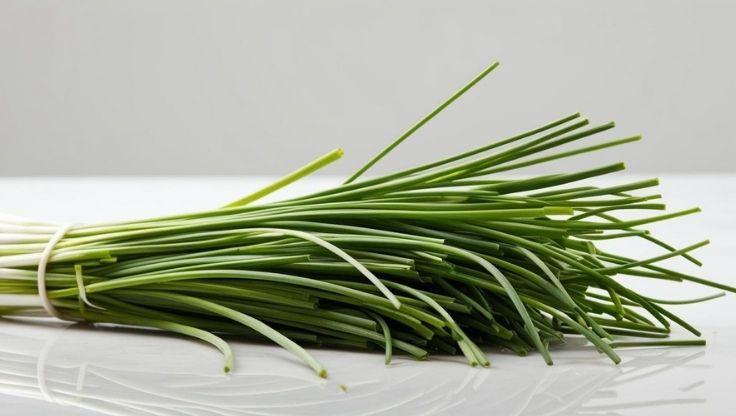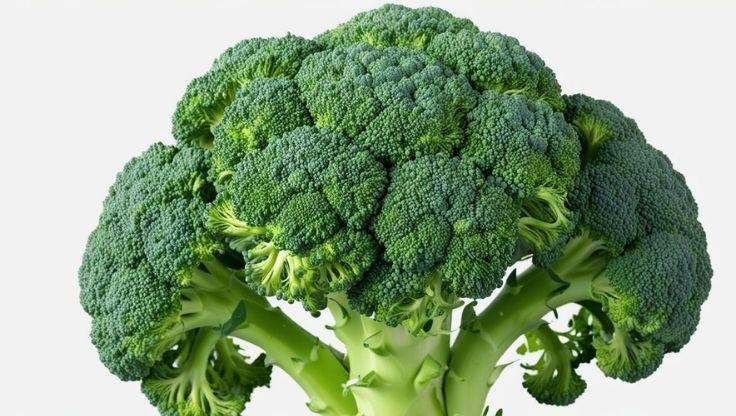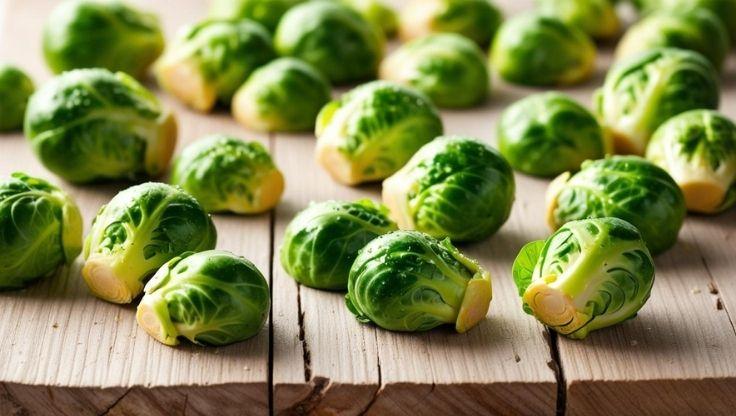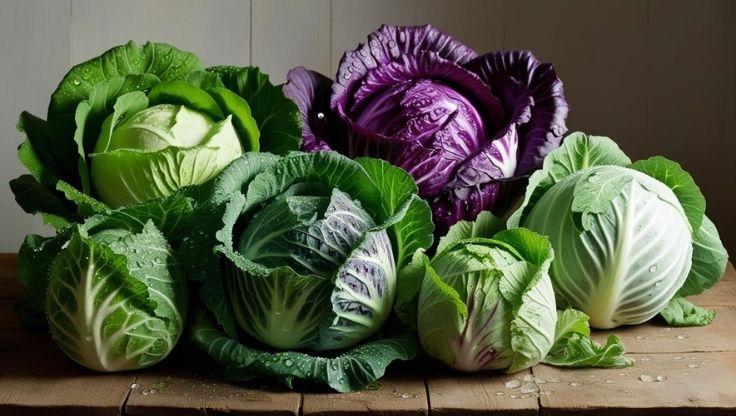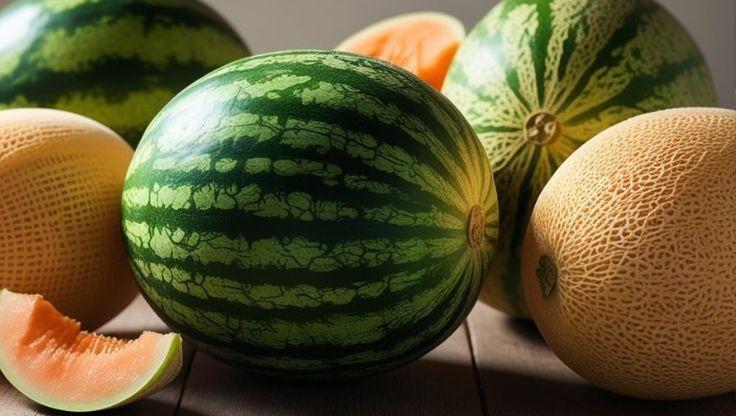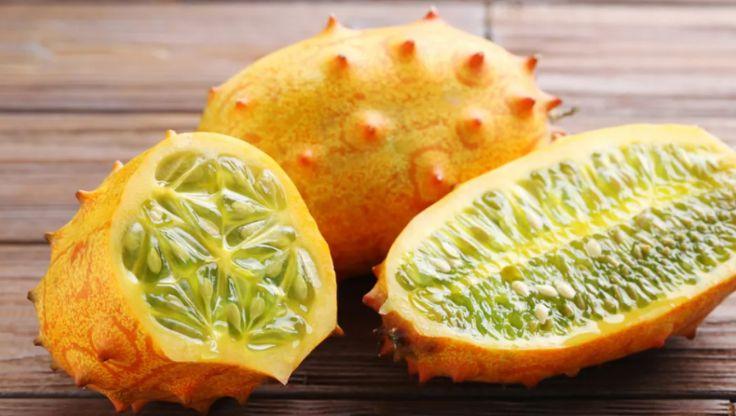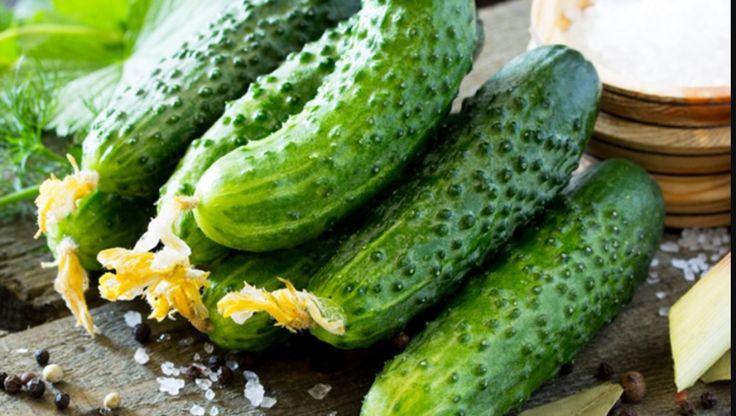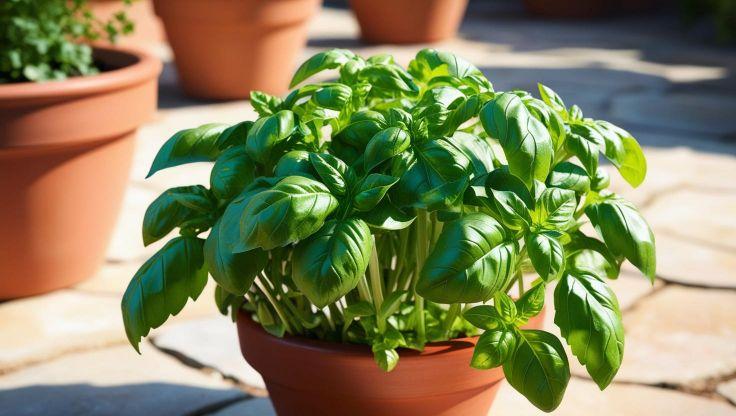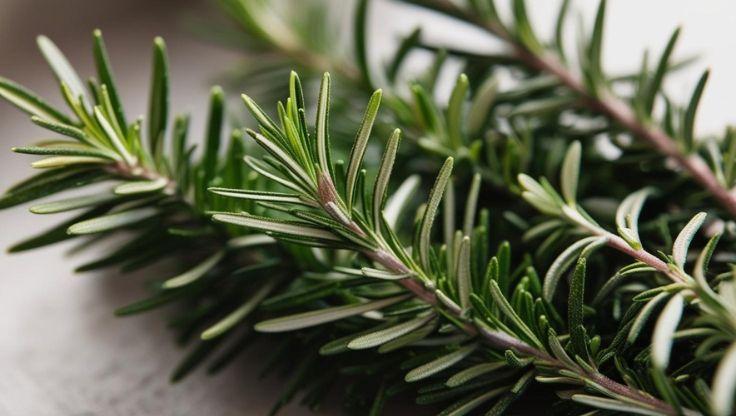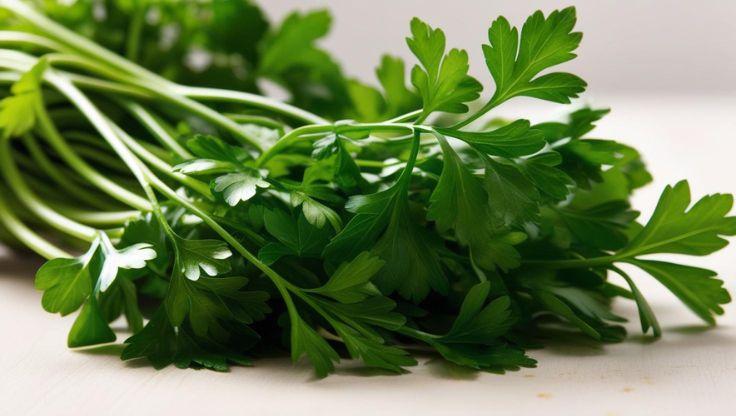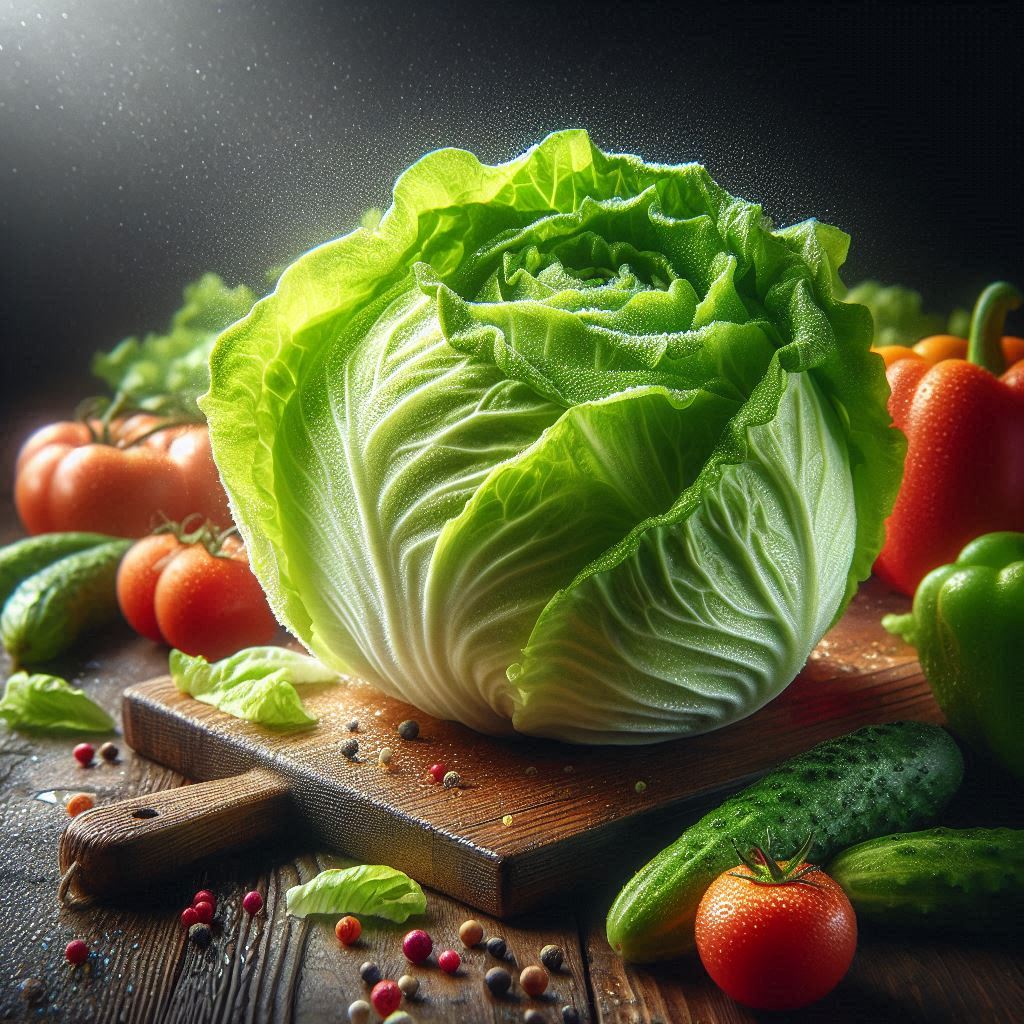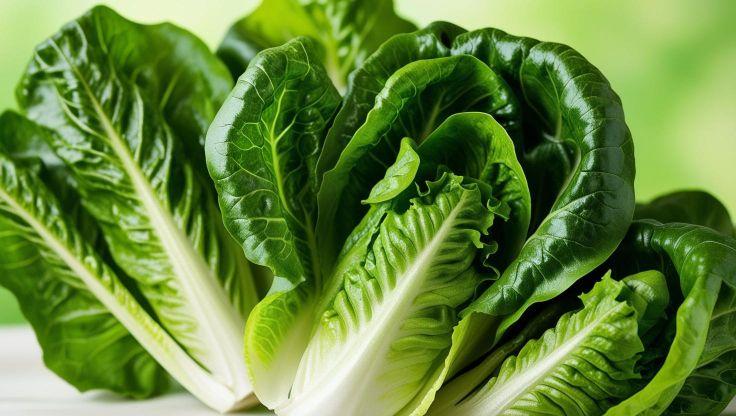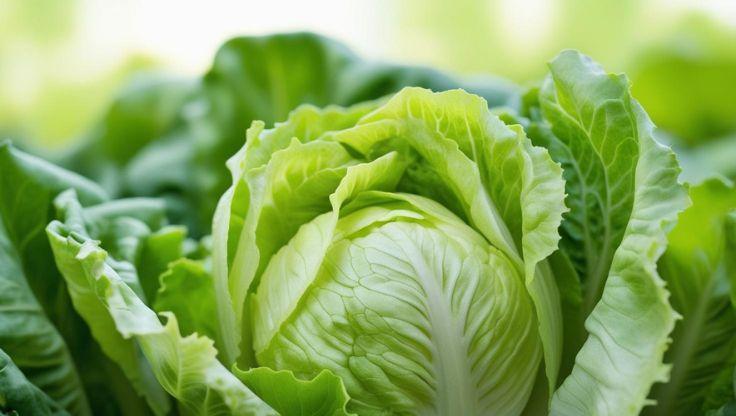Hydroponic Plants: A Guide to Growing Choy Sum in a Hydroponic System
Choy Sum (Brassica rapa var. parachinensis), a popular Brassica vegetable, is widely cultivated for its tender stems and mild flavor. Originating from southern China, it has been a staple in Asian cuisine for centuries. Unlike traditional soil-based farming, hydroponic plants thrive in controlled environments, ensuring optimal nutrient absorption and faster growth. The hydroponic system eliminates soil-related challenges, leading to higher yields and superior plant quality.

Hydroponic Growing Conditions of Choy Sum
Optimal pH and EC Levels
Maintaining precise pH and electrical conductivity (EC) levels is essential for the successful cultivation of hydroponic plants like choy sum. The recommended pH range of 6.0 to 7.0 ensures efficient nutrient absorption, preventing deficiencies that could hinder growth. Additionally, the EC level should be maintained between 1.5 and 2.5 mS/cm, providing a well-balanced nutrient supply that supports vigorous development. Regular monitoring and adjustments are necessary to sustain optimal conditions, as fluctuations can impact plant health and yield.
Light, Temperature, and Humidity Requirements
Choy sum thrives under full-spectrum LED grow lights, requiring 10–14 hours of exposure daily to simulate natural sunlight and maximize photosynthesis. The ideal temperature range for hydroponic cultivation is 18–24°C, fostering uniform growth while minimizing stress-related issues. Furthermore, maintaining a humidity level of 60–70% is crucial to prevent dehydration and ensure steady development. Excessive humidity can lead to fungal infections, while insufficient moisture may cause wilting, making careful regulation essential.
Beyond basic environmental conditions, hydroponic plants like choy sum benefit from consistent nutrient monitoring and proper aeration. Using rock wool or clay pebbles as a growing medium enhances root support and moisture retention, ensuring stability throughout the growth cycle. Regularly adjusting nutrient solutions based on plant growth stages optimizes yield and quality. Additionally, incorporating automated irrigation systems can improve efficiency, reducing manual labor while maintaining precise hydration levels.
Nutrient Solutions & Water Management
A precise nutrient formulation ensures hydro garden success:
- Macronutrients: Nitrogen (N), Phosphorus (P), and Potassium (K) adjusted for different growth stages.
- Micronutrients: Calcium (Ca) and Magnesium (Mg) aid in leaf formation and strengthen plant structure.
- Water Aeration & System Monitoring: Prevents root-related diseases and improves nutrient absorption.
Seed to Harvest Process of Choy Sum in Hydroponic Systems
Germination and Early Growth
Choy Sum, a popular leafy green among hydroponic plants, is cultivated from seeds, requiring 1–2 seeds per hole for optimal germination. Under ideal conditions, germination occurs within 5–10 days, provided that moisture levels and temperature are carefully regulated. The recommended temperature range for successful germination is 18–24°C, ensuring strong root development and early leaf formation. Using a nutrient-rich hydroponic solution during this stage enhances seedling vigor and prevents early-stage deficiencies.
Growth and Maturity
Once transplanted into a hydroponic system, Choy Sum progresses through its vegetative phase, requiring consistent nutrient monitoring and adequate aeration to support uniform growth. The plant reaches maturity within 30–45 days post-germination, depending on environmental conditions and nutrient availability. Hydroponic growers often favor Green 70D Improved and Early Green varieties due to their adaptability and high yield potential. Maintaining pH levels between 6.0–7.0 and EC levels of 1.5–2.5 mS/cm ensures optimal nutrient uptake, promoting lush foliage and healthy stems.
Harvesting and Yield Optimization
Harvesting Choy Sum at the right stage is crucial for maximizing yield and quality. Typically, the plant is ready for harvest when it reaches 12–18 inches in height, with tender leaves and firm stems. Regular harvesting encourages continuous growth, preventing premature flowering and bolting. Hydroponic growers can further enhance productivity by adjusting light exposure to 10–14 hours daily, ensuring robust photosynthesis and sustained development.
Uses and Benefits of Choy Sum in Hydroponic Cultivation
Culinary Applications
Choy Sum, a widely consumed Brassica vegetable, is a staple in many Asian cuisines due to its mild, slightly sweet flavor and tender texture. It is commonly used in stir-fries, soups, dumplings, and noodle dishes, adding both nutritional value and vibrant color to meals. Additionally, its delicate leaves and crisp stems can be blended into sauces and dressings, enhancing texture and depth in various recipes. As one of the most adaptable hydroponic plants, Choy Sum thrives in controlled environments, ensuring a consistent supply for culinary applications year-round.
Health Benefits
Packed with essential nutrients, Choy Sum is rich in fiber, vitamins A and C, and antioxidants, making it a powerhouse for overall wellness. The high vitamin A content supports eye health, while vitamin C strengthens the immune system and promotes collagen production. Additionally, its fiber content aids digestion, helping to maintain gut health and prevent constipation. Studies suggest that Brassica vegetables contain anti-inflammatory compounds, which may reduce the risk of chronic diseases and support heart health by regulating blood pressure and cholesterol levels.
Sustainability Advantages
Hydroponic cultivation of Choy Sum offers significant environmental benefits. A hydroponic system minimizes pesticide usage, reducing chemical runoff and ensuring cleaner produce. Additionally, it conserves water resources, using up to 90% less water than traditional soil-based farming. The ability to grow hydroponic plants year-round ensures a stable food supply, reducing dependency on seasonal variations and enhancing food security. By integrating sustainable hydroponic practices, growers can optimize yield while minimizing environmental impact.
Research for expert insights
Enhance your understanding with these insightful and well-documented expert resources.
|
Institution |
Article Title |
Article Link |
|---|---|---|
|
Frontiers in Photonics |
Early Detection of N, P, K Deficiency in Choy Sum Using Hyperspectral Imaging |
A detailed exploration of the subject makes their insights an exceptional resource for readers looking to enhance their comprehension.


